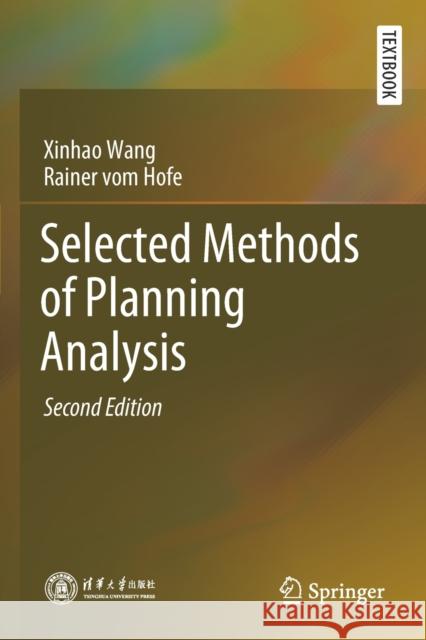Selected Methods of Planning Analysis » książka
topmenu
Selected Methods of Planning Analysis
ISBN-13: 9789811528286 / Angielski / Miękka / 2021 / 349 str.
Selected Methods of Planning Analysis
ISBN-13: 9789811528286 / Angielski / Miękka / 2021 / 349 str.
cena 307,69 zł
(netto: 293,04 VAT: 5%)
Najniższa cena z 30 dni: 306,26 zł
(netto: 293,04 VAT: 5%)
Najniższa cena z 30 dni: 306,26 zł
Termin realizacji zamówienia:
ok. 20 dni roboczych.
ok. 20 dni roboczych.
Darmowa dostawa!
Kategorie:
Kategorie BISAC:
Wydawca:
Springer
Język:
Angielski
ISBN-13:
9789811528286
Rok wydania:
2021
Wydanie:
2020
Ilość stron:
349
Waga:
0.52 kg
Wymiary:
23.39 x 15.6 x 1.96
Oprawa:
Miękka
Wolumenów:
01
Dodatkowe informacje:
Wydanie ilustrowane











